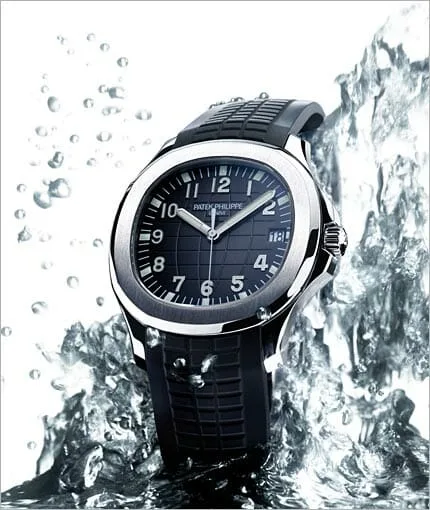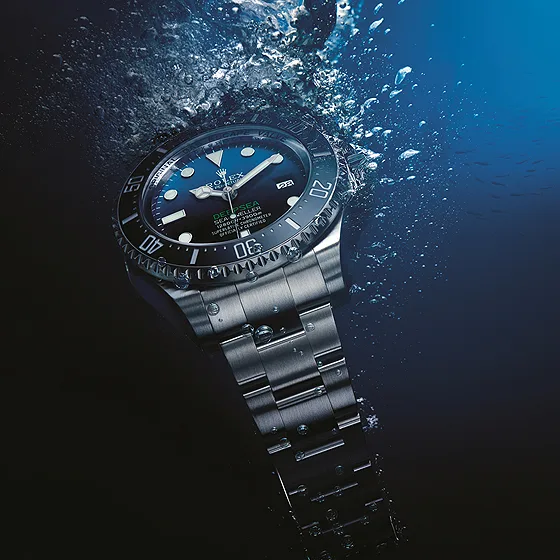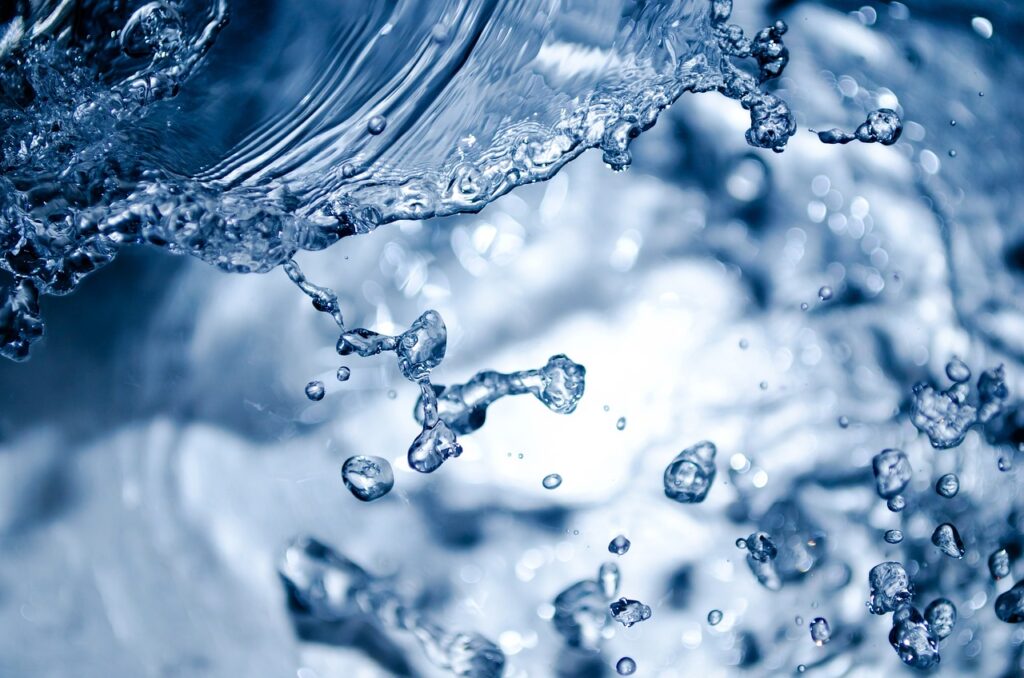The question comes up again and again: Is the watch waterproof? Has it been pressure tested? Up to how many bars is it waterproof? But what does that actually mean, and are there standards for it? I would like to clarify this here fundamentally.
The Standard of Watch Waterproof
Again and again, one hears different indications with the watches to the water resistance: 3 bar, 5 bar, 10 bar, or also indications in ATM (atmospheres) and meter indications. But what is really indicated by it?
Many are of the opinion that the meter is the diving depth;-), but this is wrong! Also, the meter indication is only another form of the pressure indication! So 10 Bar (= 100m or 10ATM) does not mean that the watch is tight up to 100m of diving depth. It is only suitable for swimming and snorkeling, but not for diving.
Basically, there are 2 standards in this area.
The DIN 8310 Standard
DIN 8310 defines the water resistance of small watches. To meet this standard, the watch must be resistant to sweat and rain. To do this, it must lie in water for 30 minutes at a depth of 1 meter. If the watch manages this, it is considered water resistant. But then it is enough in daily use for washing hands, but not yet for showering, swimming or diving.
The DIN 8306 Standard
The second standard is DIN 8306, which defines the requirements for a professional diving watch. The international standard is ISO 6425 and is almost the same as our DIN.

The requirements
The watch must remain in a water depth corresponding to the pressure specification made by the manufacturer for two hours. This is followed by a three-hour stay at a depth of three meters.
The diver’s watch must survive 24 hours without visible traces in warm salt water, during which time it must spend 20 minutes at the maximum water depth.
The watch must have a device for preselecting a time period, usually the bezel. The preselected time period and the second hand must be visible even in the dark.
A condensation water test is performed before and after each pressure test to determine the tightness of the case. To do this, the watch is heated to 40 degrees Celsius and then a drop of water is applied to the glass. After wiping dry, no condensation should form on the inside.

List of the common bar specifications
- 3 bar-here the watch is only splash-proof! So washing hands works, but the rest does not.
- 5 bar-now you can shower and bathe!
- 10 bar-this is enough for swimming, water sports, snorkeling, and skiing.
- more than 20 bar-now the watches are also suitable for scuba diving.
- more than 100 bar–now the watches are also suitable for deep sea diving.
Test the Tightness Regularly
But what is also very important is that once tested, it does not mean for eternity! The watch should be tested regularly for tightness. The seals can age and become porous, and this can be done by the most different influences like sweat, salt water, etc.. So if you were swimming in salt water, then rinse the watch afterwards with fresh water in any case!

Extreme Temperature Differences
In addition, with extreme temperature differences (really much sun and hot and you jump and then beautifully in the ice-cold wet), condensation can form in the clock and be deposited on the glass. Basically, you should have the leak test done every year. Then you are on the safe side.
A Small Accident?
You should also have this test repeated if the clock is somewhere firmly struck or has fallen. And one thing you should not do, especially with Chronographs, is submerge the watch in the water, and also not when the watch is wet! Also, never pull or unscrew the crown. Water can get into the watch!
3 Main Reasons for Water Leakage
Leakage due to poor (out-of-round and out-of-flat) machining during the production of the case and other components.
leakage due to the deformation of the housing parts and gaskets during the overpressure test. These leaks occur only during the overpressure test.
Leakage due to inaccurate assembly and insufficient contact pressure of components (seat of glass and bottom seal, battery compartment). In particular, in these cases of leakage, it can be detected only with a small test pressure but much better with negative pressure.




